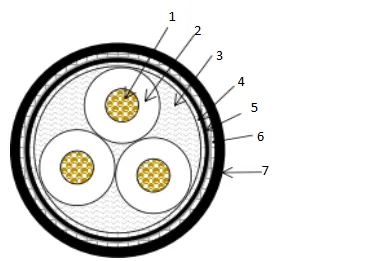Nov . 16, 2024 14:36 Back to list
Understanding the Function and Importance of Foot Valves in Pump Systems
Understanding Foot Valves Essential Components in Fluid Management
Foot valves are integral components in various fluid management systems. Essentially, a foot valve is a type of check valve installed at the bottom of a suction line of a pump, particularly in applications involving water or other liquids. Its primary function is to prevent backflow, ensuring that the fluid remains in the suction line and the pump remains primed, even when the pump is not in operation.
The design of a foot valve typically includes a strainer or filter at the bottom, which helps to prevent debris and particles from entering the pump system. This is crucial for maintaining the efficiency and longevity of pumps, as any foreign material can cause blockages or abrasive wear, leading to mechanical failure. The strainer design varies based on the application and flow requirements, and it must be adequately maintained to ensure optimal performance.
Foot valves come in various materials, such as brass, stainless steel, or plastic, depending on the type of fluid they handle and the environmental conditions. In applications where corrosive fluids are present, choosing the right material is vital to avoid degradation and maintain reliability over time.
foot valve

One of the classic applications of foot valves is found in water wells
. When a pump is turned off, a foot valve prevents the water from flowing back into the well, ensuring that the pump remains primed for the next operation. This is especially important in deep well systems where maintaining a prime is crucial for efficiency and operational success.In addition to water wells, foot valves are used in irrigation systems, sump pumps, and industrial processes. Their role in these applications cannot be overstated, as they help to maintain consistent fluid flow and pressure, thus optimizing system performance.
Installing a foot valve may seem straightforward, but proper installation and regular maintenance are crucial. If installed incorrectly, issues such as leaks, air locks, or insufficient suction can arise, leading to inefficiencies and potential system failure. Routine checks on the foot valve and strainer can prevent such problems, ensuring that the fluid management system operates smoothly.
In conclusion, foot valves are vital components in various fluid transport systems. Their ability to prevent backflow and maintain primed conditions in pumps contributes significantly to system efficiency and longevity. Understanding their function, applications, and maintenance requirements is crucial for anyone involved in fluid management, ensuring reliable performance in diverse industrial and residential settings.
Share
-
Reliable Wafer Type Butterfly Valves for Every IndustryNewsJul.25,2025
-
Reliable Flow Control Begins with the Right Ball Check ValveNewsJul.25,2025
-
Precision Flow Control Starts with Quality ValvesNewsJul.25,2025
-
Industrial Flow Control ReliabilityNewsJul.25,2025
-
Engineered for Efficiency Gate Valves That Power Industrial PerformanceNewsJul.25,2025
-
Empowering Infrastructure Through Quality ManufacturingNewsJul.25,2025